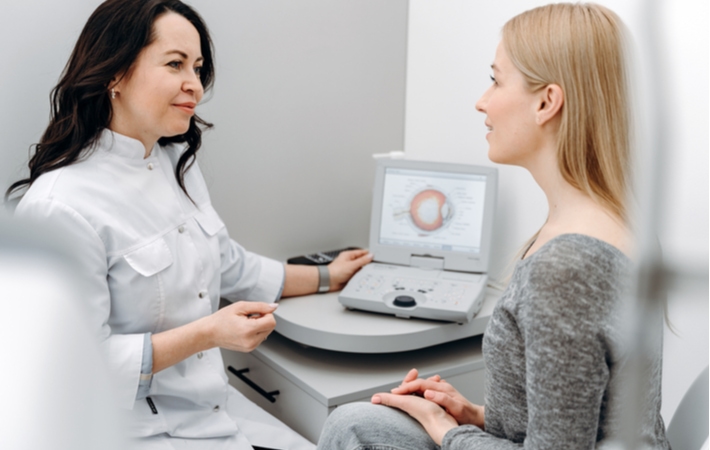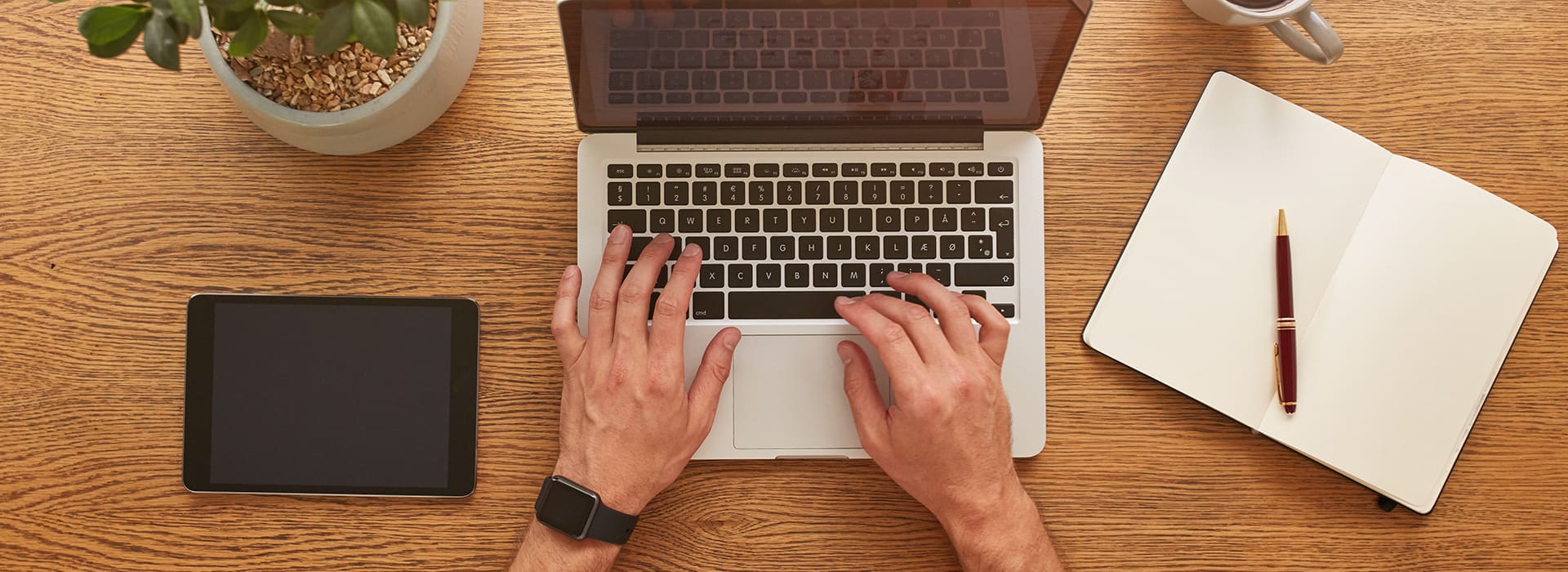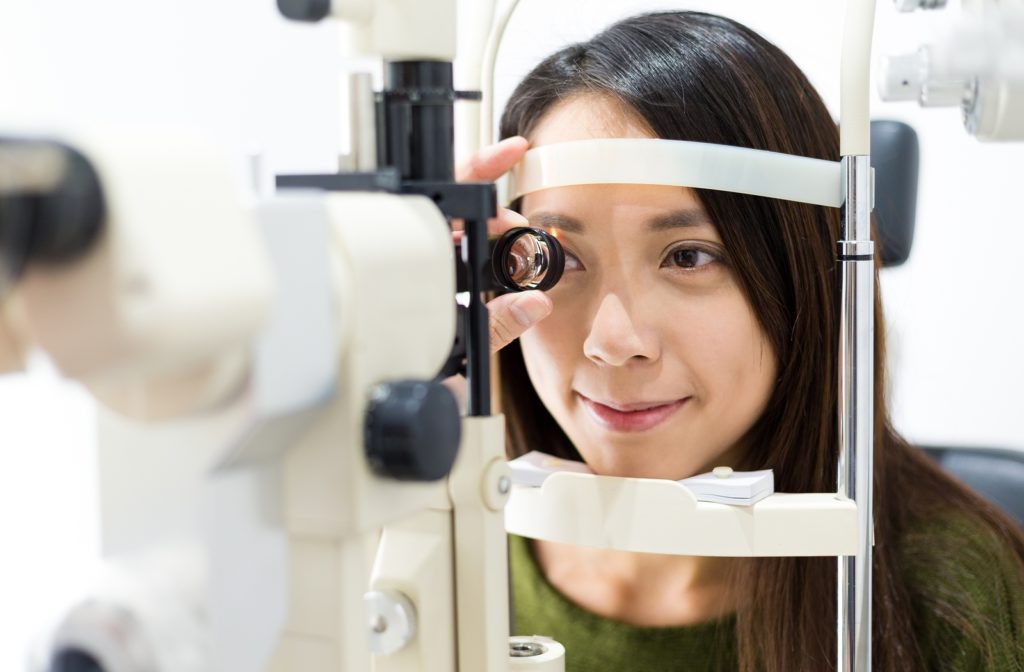Eye exams are important for your health, no matter your age. They can help your eye doctor identify various eye diseases and track any changes in your vision. If it’s been a while since your last eye exam, how often should you see your optometrist?
Continue reading to learn more about eye exams, including how often you should get one and what to expect during your next appointment.
How Frequent Should Your Eye Exams Be?
The frequency of your eye exams depends on your age and unique needs. Typically, any adult between the ages of 20 to 39 and 40 to 64, should see their optometrist for an examination every 2 years.
Older adults over 65 need an annual exam. If you have any unique conditions, like diabetes, you may need more frequent examinations. These are recommendations from the Canadian Association of Optometrists but listen to your eye doctor’s advice.
It can seem like you need to see your optometrist frequently, but these examinations are vital for protecting your eye health and vision. Your eye doctor can help identify any underlying issues and recommend an effective treatment plan.
Eye Exams Can Help Protect Your Ocular Health
A comprehensive eye exam consists of several tests to evaluate your eye health and vision. Your optometrist will look for signs of eye disease or other visual issues. They’ll then recommend a treatment plan for any identified problems.
These examinations are crucial for protecting your eyes from diseases that can damage your vision. Many eye diseases can develop without noticeable symptoms, leaving you at risk of severe vision loss. These diseases include:
Your optometrist can diagnose these conditions during your eye exam. Earlier diagnosis results in faster treatment; it can increase your recovery chances and prevent unnecessary damage.
Regular eye exams help your optometrist keep track of your eye health and identify new changes in your vision. What should you expect during your comprehensive eye examination?

What Should You Expect During Your Eye Exam?
You can expect several different tests during your hour-long appointment. Besides these tests, you’ll discuss your medical history. Your optometrist will determine the most effective tests for your ocular needs, which may include:
Medical History
Your eye exam typically begins with a discussion about your medical history. Your eye doctor will ask about your family history, medications you’re taking, your lifestyle, and any problems you’re currently experiencing.
Visual Acuity
A visual acuity test determines how well you see the details of a letter or symbol from a specific distance. This test helps your eye doctor evaluate your visual acuity, your ability to identify the shapes and details of different images.
Your test results show how well you can see, expressed as a fraction. 20/20 vision is standard, meaning your visual acuity at 20 feet is normal. If your vision is worse than 20/20, you’ll likely need glasses or contact lenses to improve your vision.
Retinal Imaging
Retinal imaging involves taking photos of the back of your eye. Your optometrist will use a laser that scans your eyes, uploading images to a computer.
Your eye doctor then examines these images to look for signs of different conditions affecting the retina, such as:
Visual Field Testing
Your visual field is how wide an area you can see when focusing on a central point. Testing your visual field can help your optometrist detect blind spots in your vision. The size and shape of a blind spot can help identify the condition affecting you, such as glaucoma.
Intraocular Pressure Testing
Glaucoma can develop without any visible symptoms, slowly worsening your vision. Because this disease is hard to identify on your own, glaucoma testing is vital during your examination.
A sign of many forms of glaucoma is an increase in intraocular pressure (IOP). Your optometrist will measure this pressure using a tonometry test.
Pupil Dilation
Pupil dilation helps your eye doctor examine your eye’s inner structures. Examining the structures of your eye can help diagnose common diseases, including:
- Diabetes
- High blood pressure
- Macular degeneration
- Retinal detachment
- Glaucoma
Dilating your eyes helps your optometrist see more of your eye during your examination. The dilation widens your pupils and allows in more light.
These tests play an important role in protecting your eye health and vision. Your optometrist can identify visual changes and early signs of eye disease. Your eye exam is more than a vision test, so ensure you’re seeing your eye doctor when needed.
Book Your Next Appointment
A comprehensive eye exam is the best way for your eye doctor to get a complete picture of your eye health. Whether it’s diagnosis or treatment, your optometrist can help you with your ocular and vision needs.
If you need an eye exam, contact your optometrist.



